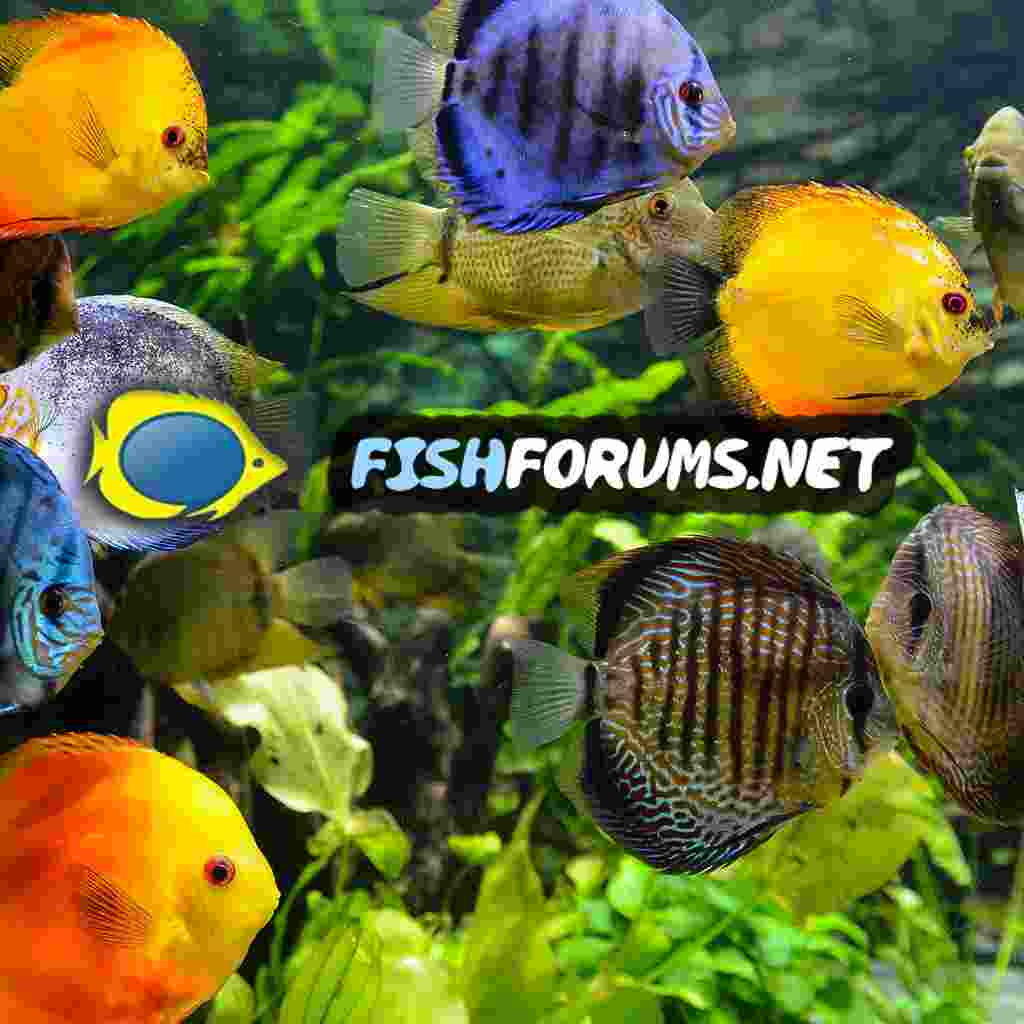Superfetation is a state of multiple pregnancies at different stages. Superfetation occurs in both ovoviviparous and viviparous livebearers. A joined study of the University of Wageningen discovered that superfetation occurred in both types of livebearers. I've joined the lecture. The ones that are superfetative are less in number than the non-superfetative species. Superfetation occurs mostly in livebearers that are living in fast streaming water where livebearers swim with the current and against the current. If such a female gets pregnant, superfetation allows her to become fat by the pregnancy but not that fat to be pushed away in the water current (whether that concerns with or against the current). Because such a female won't have the full batch of a normal carrying female, she can allow herself to still have a streamlined body despite of her pregnancy. And it also makes it able to let her even stay still in flowing water if she needs to. Males of superfetative livebearers have mostly an elongated gonopodium to waste not time in a fast flowing water stream to direct their gonopodium to the females vent. And as I've already mentioned before, males with an elongated gonopodium won't need a courtship to get as close as possible to a female to try to mate. There are some exceptions and one of those exceptions are Micropoecilia species. These can be normal ovoviviparous or superfetative. Males won't have the elongated gonopodium but just a short with hooks gonopodium. But we should look at the shape of the female. if you take a fast look, such a female look somewhat similar to a guppy female. But the females of Micropoecilia species are a more slender, their nose is more pointed and their dorsal is more to the back in comparison to guppy females. This makes them more aerodynamic which they also need in fast flowing waters. If they live in fast flowing waters, they're mostly superfetative. Specimens living in more slow moving water till even still, are in general normal ovoviviparous.
As I've already mentioned, this phenomenon does occur in certain species of both ovoviviparous and viviparous livebearers. When it happens in ovoviviparous livebearers, the female develops a low number of eggs each time, they'll be fertilized by releasing sperm from the folds of the fallopian tube and one or more days after that a new batch of eggs will be developed and fertilized again and so on. In viviparous livebearers it works a bit different. This is because females of viviparous livebearers can not store sperm packets. What happens is that all the eggs are fertilized at the same time but in some way the female is capable of just let one or some more eggs go to the womb and other will follow in one or some more days after. It's not really clear how she can hold on to the further development of the fertilized eggs that haven't gone to the womb yet. Nature is a wonderful thing or shall we say secret?
I see and read on several sites on the internet that when we speak about guppies, mollies, swordtails and platies (to mention only the commercial known ones), they are labeled as being viviparous. But that's totally incorrect. They're ovoviviparous livebearers. Most households don't even know the viviparous livebearers. And to those who don't know the difference between ovoviviparous and viviparous livebearers, an explanation follows:
With ovoviviparous livebearers, the embryos have no placental attachment and will be totally nourished from the yolk sac. So, the mother does not nourish the embryos, she's just a safe place before the eggs will hatch. By the time that the mother is ready to give birth, the eggs will hatch. and the fry will pop out of the female's body.
True viviparous livebearers like e.g., goodeids in the embryonic state are being nourished by the mother through the socalled trophotaenia (or also spelled as trophotaeniae). It's in some way similar to the umbilical cord (placental viviparity) in mammals. These trophotaenia will be shed or absorbed (they'll nourish themselves through the trophotaenia) in the first till two days after birth. These trophotaenia do look like a cluster of small umbilical cords.



